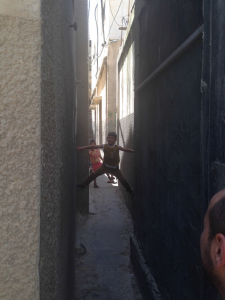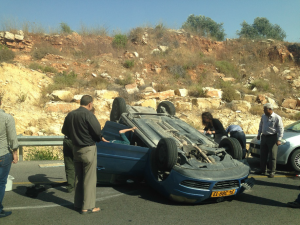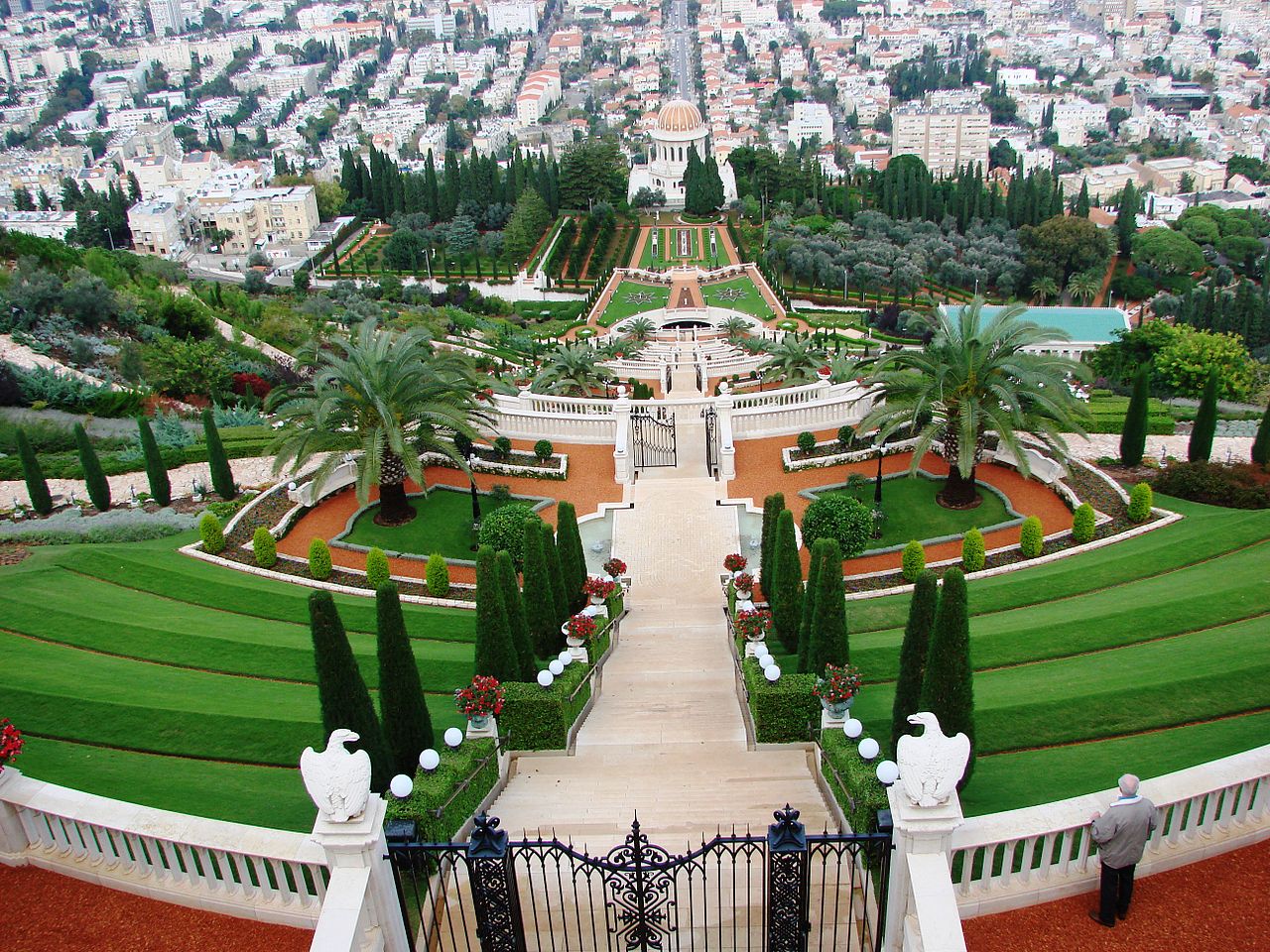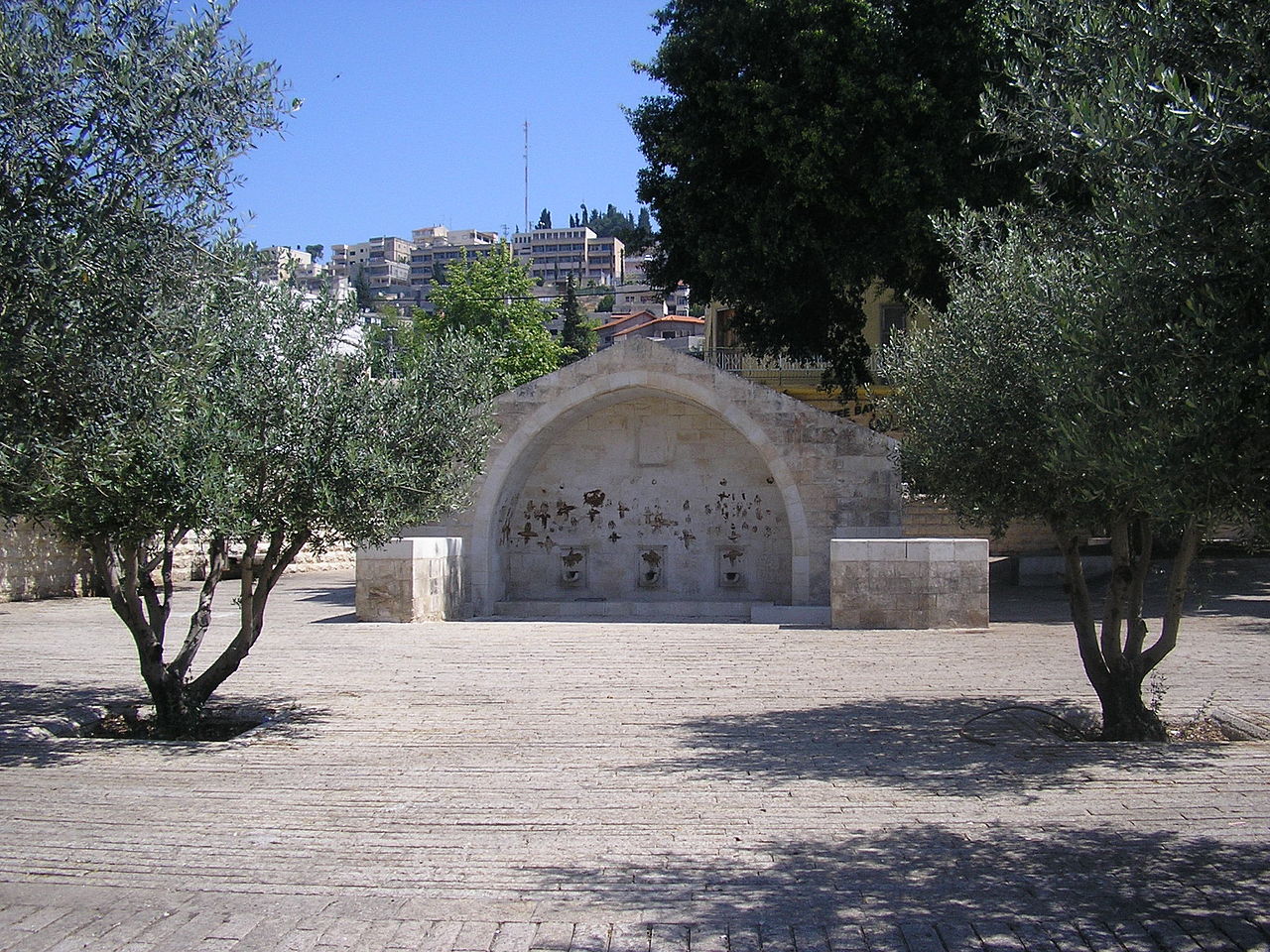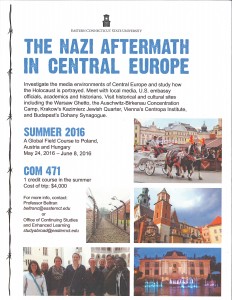The 2015 volume of the American Jewish Year Book, produced by Springer and supported by the Center for Judaic Studies and Contemporary Jewish Life at the University of Connecticut and the Center for Contemporary Judaic Studies at the University of Miami, will be released in the coming weeks. Included in the Year Book are the regular chapters on US and world Jewish population stat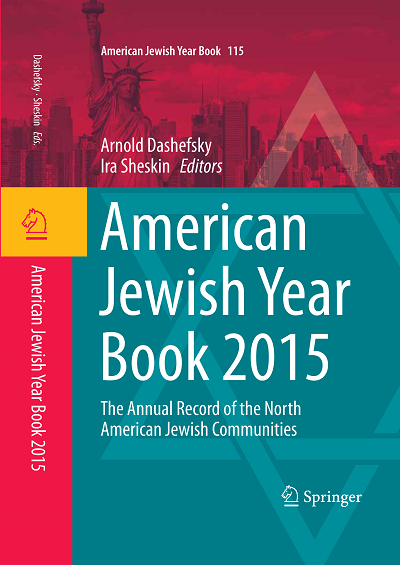 istics, this year with some surprising findings. Of note, Sergio DellaPergola, in reporting on his world Jewish population studies, argues that Israel’s Jewish population has outnumbered that of the United States, the largest Diaspora community. DellaPergola argues that Israel’s rapid Jewish population growth has overtaken the US’s more stable growth and estimates that Israel’s Jewish population has reached 6.2 million and the US population 5.7 million. However, as DellaPergola points out, “Israel’s Jewish population faces a significant demographic challenge with its gradually diminishing majority status vis-á-vis the Palestinian Arab population who live within the boundaries of the State of Israel as well as on the whole territory between the Mediterranean Sea and the Jordan River.” In fact, according to DellaPergola, the enlarged Jewish population represents a bare majority (52.1 %) of the total population living between the Mediterranean Sea and the Jordan River.
istics, this year with some surprising findings. Of note, Sergio DellaPergola, in reporting on his world Jewish population studies, argues that Israel’s Jewish population has outnumbered that of the United States, the largest Diaspora community. DellaPergola argues that Israel’s rapid Jewish population growth has overtaken the US’s more stable growth and estimates that Israel’s Jewish population has reached 6.2 million and the US population 5.7 million. However, as DellaPergola points out, “Israel’s Jewish population faces a significant demographic challenge with its gradually diminishing majority status vis-á-vis the Palestinian Arab population who live within the boundaries of the State of Israel as well as on the whole territory between the Mediterranean Sea and the Jordan River.” In fact, according to DellaPergola, the enlarged Jewish population represents a bare majority (52.1 %) of the total population living between the Mediterranean Sea and the Jordan River.
Other estimates of the Jewish population in the United States are higher, including that of Ira Sheskin and Arnold Dashefsky who, in this issue of the Year Book, estimate the figure to be closer to 6.8 million. In the chapter on US Jewish Population, Sheskin and Dashefsky examine the May 2015 Pew Study, America’s Changing Religious Landscape, which, in contrast to scholarly opinion that the US Jewish population is not increasing, reports that the adult Jewish population has increased from 1.7 to 1.9 % from 2007 to 2014. According to Sheskin and Dashefsky, “while the increase in the proportion of adult Jews from 2007 to 2014 was not statistically significant, it does suggest the likelihood of stability in the Jewish share of the adult population of the US.”
The research findings of population studies reported in the Year Book have broader implications in terms of policy and Jewish community planning. One thing that can be agreed upon, is that due to Israel’s higher fertility rates, younger Jewish population, and increased immigration, the population in Israel will continue to increase while the US Jewis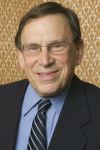 h population is expected to remain more stable due to higher intermarriage rates and an aging population.
h population is expected to remain more stable due to higher intermarriage rates and an aging population.
The Year Book, since 1899 with a brief interruption from 2008-2012, has served educators, scholars, lay leaders, and members of the Jewish community as an inestimable resource. Featuring both chapters from eminent scholars on North American Jewish life as well as extensive lists detailing the numerous North American Jewish institutions, periodicals, academic resources, and major events, the Year Book preserves an invaluable annual record of Jewish life.
Regular articles on National Affairs by Ethan Felson, joined this year by Mark Silk, and Jewish Communal Affairs by Lawrence Grossman summarize and relate yearly events. Topical articles specific to this issue include Steven Gold’s chapter on adaptation patterns of US Jewish immigrants while Annette Koren, Leonard Saxe, and Eric Fleisch examine Jewish campus life. Population studies for the United States, World Jewry, and Canada are provided by Ira Sheskin and Arnold Dashefsky, Sergio DellaPergola, and Charles Shahar, respectively.
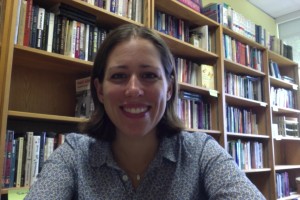
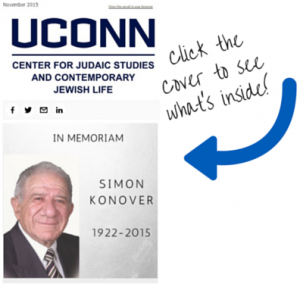
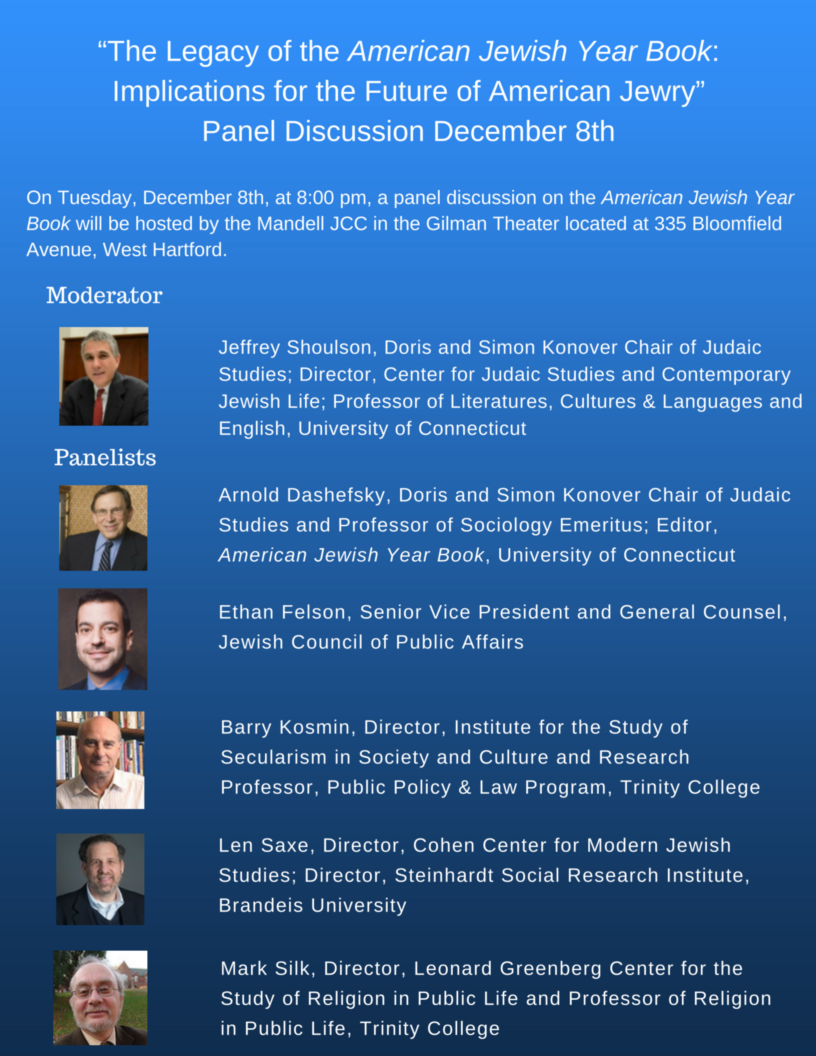
 istics, this year with some surprising findings. Of note, Sergio DellaPergola, in reporting on his world Jewish population studies, argues that Israel’s Jewish population has outnumbered that of the United States, the largest Diaspora community. DellaPergola argues that Israel’s rapid Jewish population growth has overtaken the US’s more stable growth and estimates that Israel’s Jewish population has reached 6.2 million and the US population 5.7 million. However, as DellaPergola points out, “Israel’s Jewish population faces a significant demographic challenge with its gradually diminishing majority status vis-á-vis the Palestinian Arab population who live within the boundaries of the State of Israel as well as on the whole territory between the Mediterranean Sea and the Jordan River.” In fact, according to DellaPergola, the enlarged Jewish population represents a bare majority (52.1 %) of the total population living between the Mediterranean Sea and the Jordan River.
istics, this year with some surprising findings. Of note, Sergio DellaPergola, in reporting on his world Jewish population studies, argues that Israel’s Jewish population has outnumbered that of the United States, the largest Diaspora community. DellaPergola argues that Israel’s rapid Jewish population growth has overtaken the US’s more stable growth and estimates that Israel’s Jewish population has reached 6.2 million and the US population 5.7 million. However, as DellaPergola points out, “Israel’s Jewish population faces a significant demographic challenge with its gradually diminishing majority status vis-á-vis the Palestinian Arab population who live within the boundaries of the State of Israel as well as on the whole territory between the Mediterranean Sea and the Jordan River.” In fact, according to DellaPergola, the enlarged Jewish population represents a bare majority (52.1 %) of the total population living between the Mediterranean Sea and the Jordan River.
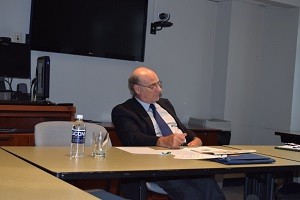
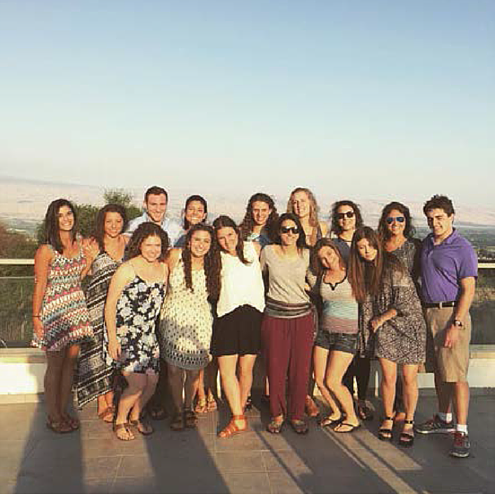

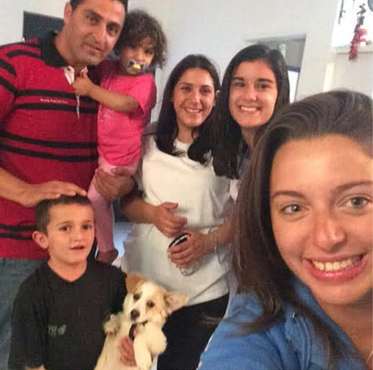


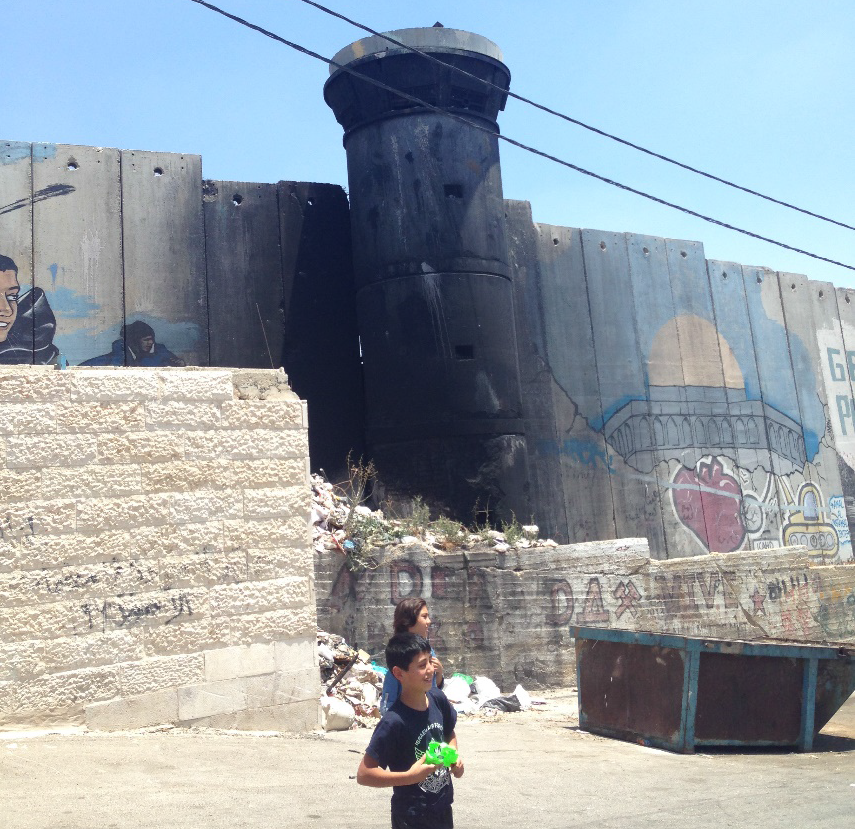
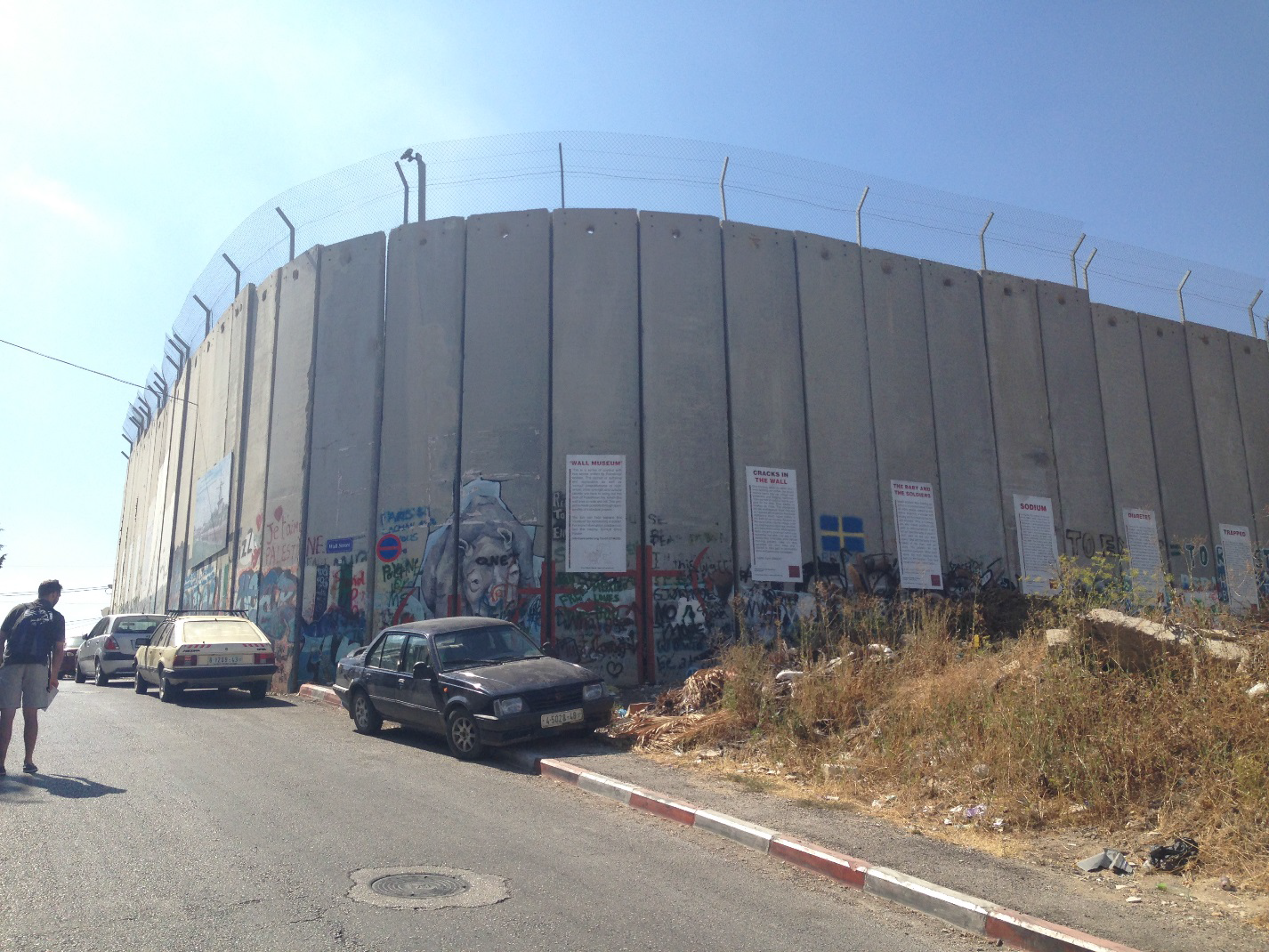
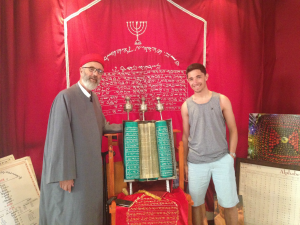 Samaritan High Priest. The Samaritans are very similar to the Jews but thousands of years of divergence shows. They have the menorah with 7 candles and they have the Torah, but their Torah is a bit different. Aside from the few hundred grammatical differences, it’s also written in a derivative close to ancient Hebrew. The Samaritans speak and pray in ancient Hebrew during holidays. Their day-to-day tongue is Arabic. Interesting fact about these guys, they don’t believe that Mount Moriah, the site of the Al-Aqsa Mosque and the Western Wall, is the correct mountain. They think it’s a hill right across from their village. Today, Jews do not perform the ritual sacrifice of animals because the ritual requires the Temple, which must be built on the site of the Temple Mount, where the Dome of the Rock sits. The Samaritans have their mountain, and they perform animal sacrifices on an annual basis every year on Passover. Another fun fact, the Samaritans are the only group to have citizenship from Israel, Palestine, and Jordan; and they were the only West Bank Palestinians who were allowed to retain their Jordanian Passports after Jordan lost control of the West Bank in 1967.
Samaritan High Priest. The Samaritans are very similar to the Jews but thousands of years of divergence shows. They have the menorah with 7 candles and they have the Torah, but their Torah is a bit different. Aside from the few hundred grammatical differences, it’s also written in a derivative close to ancient Hebrew. The Samaritans speak and pray in ancient Hebrew during holidays. Their day-to-day tongue is Arabic. Interesting fact about these guys, they don’t believe that Mount Moriah, the site of the Al-Aqsa Mosque and the Western Wall, is the correct mountain. They think it’s a hill right across from their village. Today, Jews do not perform the ritual sacrifice of animals because the ritual requires the Temple, which must be built on the site of the Temple Mount, where the Dome of the Rock sits. The Samaritans have their mountain, and they perform animal sacrifices on an annual basis every year on Passover. Another fun fact, the Samaritans are the only group to have citizenship from Israel, Palestine, and Jordan; and they were the only West Bank Palestinians who were allowed to retain their Jordanian Passports after Jordan lost control of the West Bank in 1967.